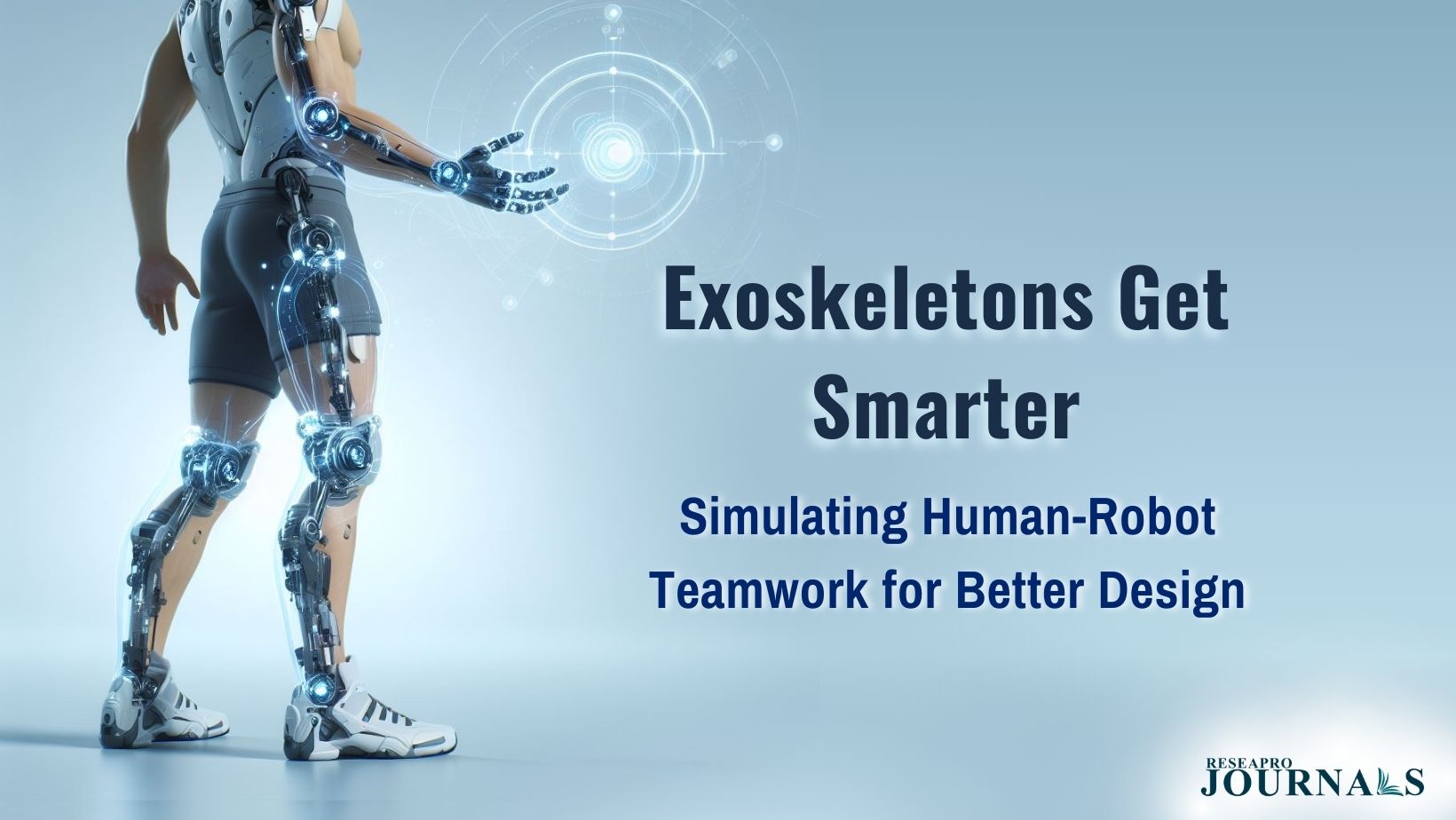
The future holds promise for seamless collaboration between robots and humans, with exoskeletons – wearable robotic suits – leading the charge by augmenting human strength, endurance, and capabilities. However, crafting effective and safe exoskeletons goes beyond simply having cutting-edge hardware. Simulations play a critical role in optimizing and evaluating these robotic suits before they interact with humans.

Historically, conventional approaches to exoskeleton simulations tend to focus solely on the mechanics of the exoskeleton itself, neglecting the crucial human element. This analogy is similar to choreographing a dance without considering both partners’ input. A novel approach bridges this gap by introducing human-motion-based simulations. These simulations consider the real-time movements of the person wearing the exoskeleton.
Rather than constructing a rigid human model within the simulation, realistic human motion data is imported from a digital human model. This allows the exoskeleton to respond naturally to the user’s movements, mimicking real-life scenarios. Additionally, the physical interaction between the exoskeleton and the human body is incorporated, accurately simulating the forces exerted at the connection points.
This approach offers several advantages:
- Realistic performance: The exoskeleton reacts to natural human motion, resulting in more accurate simulations and better design choices.
- Reduced complexity: Eliminating the need for a complex human model within the simulation saves time and computational resources.
- Optimized design: Simulations enable testing various exoskeleton configurations and support profiles, paving the way for optimal designs tailored to specific tasks and user needs.
The feasibility and accuracy of this human-motion-based simulation were validated through testing with a real shoulder exoskeleton. Simulations were compared to data from a lab study, demonstrating the approach’s effectiveness in replicating real-world interactions.
This novel approach has the potential to revolutionize exoskeleton development by:
- Enhancing safety and effectiveness: Simulation of real-world interactions ensures seamless and safe collaboration between exoskeletons and the human body.
- Accelerating development cycles: Rapid testing and optimization through simulation expedite the design process, bringing exoskeletons to market faster.
- Enabling personalized exoskeletons: The flexibility offered by simulation allows for tailoring exoskeleton designs to individual user needs and preferences.
The future of human-robot collaboration holds immense promise, and our human-motion-based simulation serves as a key step toward realizing this vision. By bridging the gap between humans and exoskeletons in the digital realm, we pave the way for a future where humans and robots work together, achieving feats beyond imagination.
